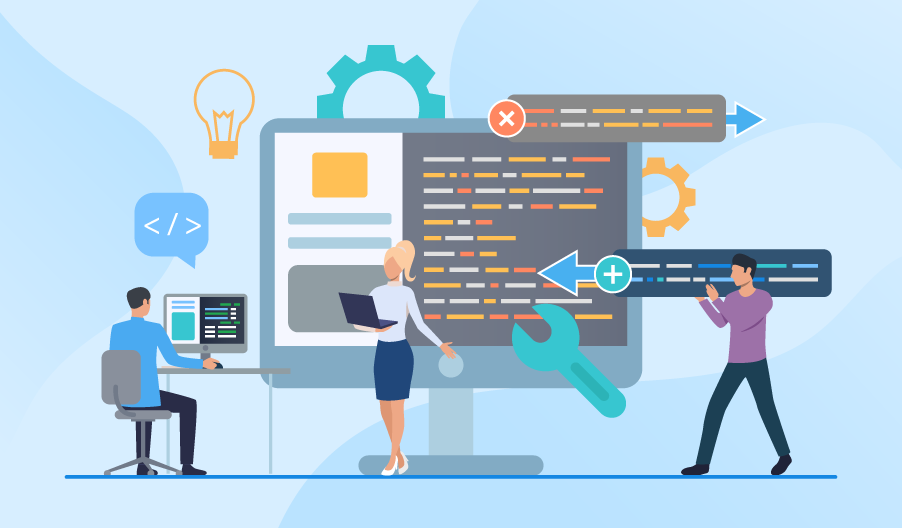It is obvious, that staying ahead of the competition requires constant innovation and adaptability. As businesses grow and evolve, so do their software needs. However, many organizations still rely on legacy systems that may have been cutting-edge years ago but now struggle to meet modern demands. This is where application re-engineering comes into play, offering a powerful solution to breathe new life into outdated software systems.
What is Application Re-Engineering?
Application re-engineering is the process of updating, modifying, or transforming existing software systems to enhance their functionality, improve performance, and align them with current business needs. Unlike a complete overhaul or replacement, re-engineering focuses on preserving the core components of the software while modernizing and optimizing them for better efficiency.
The Benefits of Application Re-Engineering
- Cost-Effective Solution
- Re-engineering existing software is often more cost-effective than developing a new application from scratch. By leveraging the foundation of your legacy system, you can save both time and resources, allowing your business to allocate funds to other critical areas.
- Improved Performance and Scalability
- Legacy systems may struggle to handle increased data loads and user demands. Application re-engineering can optimize the performance of your software, ensuring it runs smoothly and efficiently. Additionally, modernizing your software allows for greater scalability, enabling your system to grow alongside your business.
- Enhanced Security
- As cyber threats evolve, so must your software’s security measures. Re-engineering provides an opportunity to address vulnerabilities and implement up-to-date security protocols, safeguarding your data and protecting your business from potential breaches.
- Adaptation to Modern Technologies
- The technology landscape is constantly changing, with new tools, frameworks, and platforms emerging regularly. Application re-engineering enables your software to integrate with these modern technologies, ensuring compatibility and improving overall functionality.
- Increased User Satisfaction
- User experience is a critical factor in the success of any software application. Re-engineering allows you to update the user interface (UI) and user experience (UX) design, making your software more intuitive, user-friendly, and aligned with current design standards. This leads to higher user satisfaction and better adoption rates.
- Preservation of Business Logic
- One of the significant advantages of application re-engineering is the preservation of business logic that has been built into your legacy system over the years. Rather than starting from scratch, re-engineering allows you to retain and enhance the valuable knowledge and processes embedded in your existing software.
The Application Re-Engineering Process
The process of application re-engineering typically involves several key steps:
- Assessment and Analysis
- The first step is to assess the current state of your software system. This involves analyzing the codebase, identifying areas of improvement, and determining the overall feasibility of re-engineering.
- Planning and Strategy Development
- Based on the assessment, a detailed re-engineering plan is developed. This includes defining the scope of the project, setting objectives, and creating a timeline for implementation.
- Code Refactoring and Optimization
- Code refactoring involves restructuring and optimizing the existing code without changing its external behavior. This step improves the maintainability, performance, and readability of the software.
- Technology Integration
- As part of the re-engineering process, modern technologies and tools are integrated into the software. This may involve upgrading the programming language, adopting new frameworks, or integrating with cloud services.
- Testing and Quality Assurance
- Rigorous testing is conducted to ensure that the re-engineered software meets the desired performance and functionality standards. Quality assurance checks are also performed to identify and fix any bugs or issues.
- Deployment and Monitoring
- Once the re-engineering process is complete, the updated software is deployed. Continuous monitoring is essential to ensure that the system operates smoothly and any issues are promptly addressed.
Conclusion
In our competitive business environment, relying on outdated software can hinder growth and innovation. Application re-engineering offers a powerful solution to modernize your legacy systems, improve performance, and enhance user satisfaction. By embracing re-engineering, businesses can stay ahead of the curve, adapt to new technologies, and maximize the value of their existing software investments.






